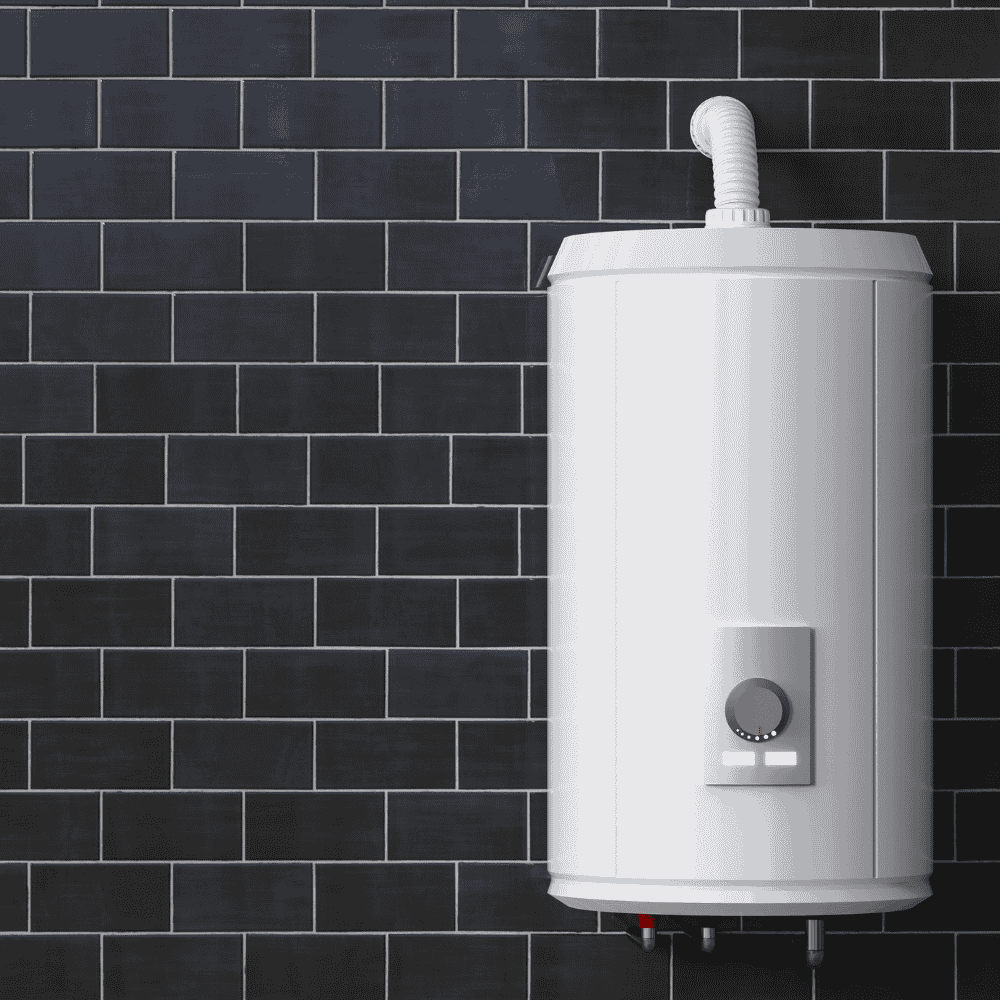Troubleshooting Tankless Water Heaters: How to Repair Common Issues
When a tankless unit starts acting up, comfort takes a backseat, and suddenly, lukewarm showers and blinking error codes become part of daily life.
Tankless water heaters often feel like magic. Endless hot water, energy efficiency, and sleek design all make them a solid pick for homes and businesses looking to upgrade. But even the sleekest systems have their quirks. When a tankless unit starts acting up, comfort takes a backseat, and suddenly, lukewarm showers and blinking error codes become part of daily life.
Luckily, most issues aren’t a mystery. Common problems often trace back to simple causes, and with the right approach, repairs don’t need to be intimidating. A few practical steps can restore that reliable stream of hot water and keep the heater running like a pro.
When the Hot Water Disappears
The most noticeable issue is no hot water at all. That familiar, cozy stream turns icy, and the first instinct is usually panic. But before assuming a system-wide failure, it’s worth checking the power source. Whether gas or electric, a tankless water heater depends on a stable power supply; a tripped breaker or a closed gas valve could easily be the culprit.
For gas models, the ignition system sometimes fails to spark properly. If the heater tries to fire up and then clicks off, the issue could be as simple as a dirty igniter or blocked burner. Electric units may face thermostat issues or heating element wear over time.
The Cold Water Sandwich Effect
Anyone using a tankless water heater for the first time might run into the “cold water sandwich.” It sounds like a snack, but it’s that moment when hot water starts, then quickly turns cold before heating up again. This usually happens when multiple people shower in close succession. The heater stops and starts quickly, creating that chilly surprise in the middle.
It’s not a defect—it’s more of a design quirk. Still, adjustments to how water is used or slight changes in plumbing layout can reduce the effect and create a smoother experience.
Mineral Buildup and Flow Restrictions
Hard water doesn’t just leave spots on dishes—it wreaks havoc inside a tankless water heater. Over time, minerals like calcium and magnesium settle inside the heat exchanger, restricting flow and reducing heating efficiency. The heater has to work harder, and eventually, it starts throwing error codes or losing pressure.
Regular flushing keeps the buildup in check. Many professionals recommend descaling a unit at least once a year, especially in areas with hard water. A vinegar flush or specialized descaling solution works well to clean out internal parts and keep water moving freely.
Error Codes: Not Just Gibberish
Those blinking lights and alphanumeric error codes aren’t just there to be annoying. They offer clues. Each manufacturer has its own code system, but they often point to common issues like venting problems, ignition failures, or temperature sensor errors.
While not everyone wants to dive into the manual, taking a few minutes to match the code to the issue can save time and frustration. Resetting the unit or replacing a faulty sensor might be all that’s needed to restore full function.
Venting and Exhaust Hiccups
Tankless systems breathe in air and breathe out exhaust. Blocked vents or improper installation can cause poor airflow and trigger safety shut-offs. Birds nesting in vent pipes, debris buildup, or a lack of clearance around the unit are all potential offenders.
Maintaining proper airflow keeps the system efficient and safe. During seasonal maintenance, checking intake and exhaust paths for obstructions helps avoid surprise shutdowns down the road.
Water Temperature That Won’t Stay Put
Inconsistent temperatures often lead to some uncomfortable moments. One second, the water’s steaming; the next, it’s lukewarm. That fluctuation can be caused by a few different factors: undersized units for large households, dirty filters restricting flow, or malfunctioning temperature sensors.
A filter cleaning or a sensor replacement often brings back stable performance. For households that demand more hot water than the system was designed for, upgrading to a higher-capacity model or adding a second unit could be the long-term fix.
Maintenance Makes the Difference
A little care goes a long way with tankless systems. Periodic descaling, cleaning filters, checking vent lines, and inspecting for leaks or corrosion all contribute to a long, productive heater life. Skipping these steps often leads to performance loss and unexpected repairs.
Annual check-ups by a professional help catch small issues early. Most repairs are quicker and less costly when handled before the problem snowballs into a system failure.
Modern Comfort, Old-Fashioned Reliability
Tankless water heaters offer the best of both worlds—efficient performance and modern comfort. But like any appliance, they appreciate a little attention now and then. Staying ahead of common problems and addressing minor hiccups early keeps everything running without drama.
A properly maintained unit rarely complains. When it does, it usually whispers clues in the form of error codes, lukewarm water, or reduced pressure. Listening to those clues and acting with a bit of know-how can make all the difference between a rough shower and a relaxing one.
Reliable, quiet, and efficient—tankless systems need the occasional nudge to stay on track. And with the right care, they’ll keep hot water flowing for years to come.

